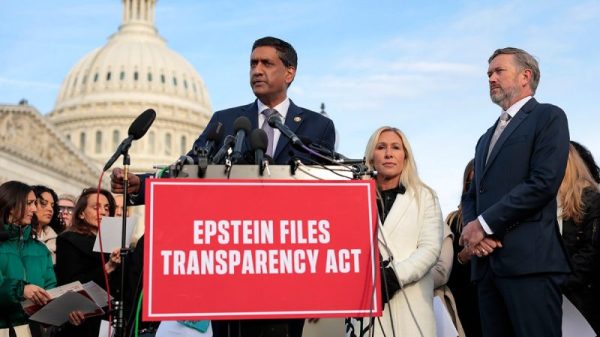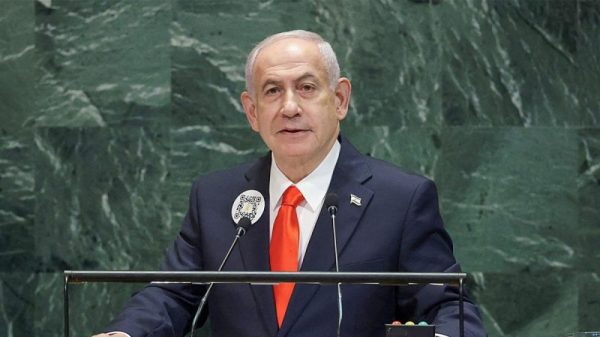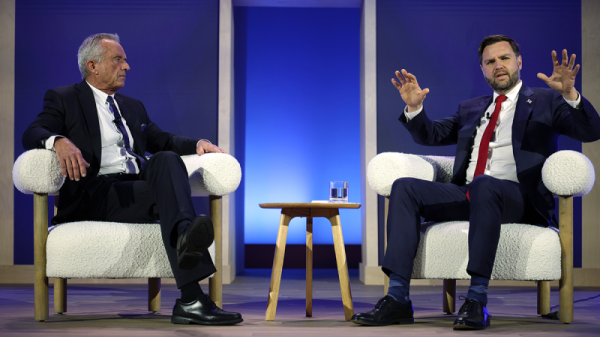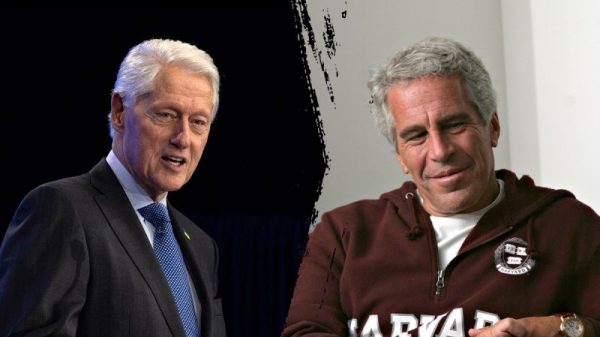
In the second half of 2025, US international tax policy has shifted more than at any point since 2017. Following major developments in the One Big Beautiful Bill Act (OBBBA), the G7 agreed to a side-by-side agreement exempting the US from the OECD global minimum tax, which puts further pressure on the prospects of a successful OECD Pillar Two regime.
The OECD’s Pillar Two project (part of the Inclusive Framework) aimed to impose a coordinated 15 percent global minimum tax on large multinational companies, enforced through a complex set of top-up taxes across more than 140 jurisdictions. It was intended to end tax competition by establishing a global floor on corporate tax rates. But poor design, uneven implementation, political pushback, and diverging national interests have strained the project from the start.
This post reviews the international tax changes in OBBBA, explains the new G7 agreement, and assesses the implications of these developments for the future of global tax coordination. These developments suggest the world is moving away from top-down harmonization and back to a more stable pluralistic system, one in which the new side-by-side approach represents an important step, but not the final destination.
The New US International Tax System
The OBBBA, signed into law on July 4, 2025, makes targeted changes to the US international tax rules that give implicit concessions to the OECD Pillar Two minimum tax by expanding the tax base and raising tax rates. This makes the G7 side-by-side agreement a practical simplification of the mess created by the OECD.
To understand the OBBBA changes, it’s helpful to start with the rules created in the 2017 Tax Cuts and Jobs Act. The 2017 reforms replaced the deferred taxation of worldwide multinational income with a partial territorial tax system that imposes anti-abuse rules on a narrow base of foreign profits. This anti-abuse backstop included two minimum taxes and a domestic export subsidy for an arbitrarily defined category of supernormal profits earned abroad. In 2022, Congress added a third minimum tax. These four components were:
- Global Intangible Low-Taxed Income (GILTI) applied a global minimum tax rate of up to slightly more than 13 percent on deemed intangible income.
- Foreign-Derived Intangible Income (FDII) reduced the domestic 21 percent headline rate to just above 13 percent on intangible income from US exports.
- Base Erosion and Anti-Abuse Tax (BEAT) applies to large affiliated foreign entities’ significant intrafirm cross-border transactions, which can be indicative of profit shifting.
- Corporate Alternative Minimum Tax (CAMT) applies a 15 percent minimum tax on modified financial statement income.
The OBBBA transforms GILTI into a more complete worldwide minimum tax by repealing the exemption for low-return tangible income and raising the rate to 14 percent. The new minimum tax is now called “net CFC-tested income,” making the new US system more comprehensive and, in many ways, more stringent than the OECD-equivalent minimum tax, which still allows a deduction for tangible investments. A similar change to FDII makes it a more widely applicable export subsidy, now called “foreign-derived deduction-eligible income.”
These changes will have both positive and negative domestic effects, likely incentivizing additional domestic investment among some firms. However, they also increase the after-tax cost for US-headquartered firms competing abroad against foreign-headquartered firms that face lower tax burdens. This will decrease the complementary domestic investment that supports US-based firms’ foreign market access.
The Side-by-Side Agreement
One of the most contested features of the OBBBA, Section 899, or the so-called “revenge tax,” was ultimately dropped after its threat precipitated an agreement among the G7 (and later the OECD and G20) to carve out US-parented multinational groups from the European-led OECD global minimum tax regime. The side-by-side agreement is often described as a concession by the OECD drafters, but the OBBBA reforms show that the US also made underappreciated concessions by tightening its own minimum taxes, which were already more effective than the OECD proposals.
Some in Europe have raised concerns that a side-by-side agreement might privilege US-based firms by allowing them to operate under a different system. As a matter of effective tax rates, this concern is misplaced. First, the US has a statutory combined tax rate above the OECD average, overlapping anti-abuse rules, and three separate minimum tax regimes. Sean Bray and William McBride persuasively argue that “the US system may be more stringent than Pillar Two.” Before the OBBBA reforms, US corporations paid effective tax rates above the OECD-mandated 15 percent. The OBBBA will raise those rates further.
The unstated EU concern is twofold. First, without the full OECD Pillar Two system applied to the United States, the EU will raise less revenue because it cannot tax US-parented profits. More than 40 percent of taxable Pillar Two corporate profits are estimated to come from US-headquartered firms. Second, the EU adopted a binding directive to implement Pillar Two, expecting the world to move with it. Instead, its domestic firms will now shoulder the full administrative burdens of the OECD regime as the rest of the world retreats from the complicated and ineffective system. Recent estimates from ZEW show that private sector compliance costs are conservatively projected to reach up to €865 million annually for EU-headquartered firms alone. More comprehensive cost assessments show that total costs could exceed total revenue.
Without US participation, Pillar Two will likely atrophy into an EU-centric exercise in additional bureaucracy, producing little more than higher compliance costs and higher effective tax rates for its domestic firms.
The Future of Tax Harmonization
A parallel push for an agreement through the UN tax initiative has received attention as an alternative to the unraveling OECD process. But the same structural pressures and failure points apply: political fragmentation, weak enforcement, and the absence of a credible nexus rule. The UN also lacks the OECD’s technical tax capacity.
The lesson of the Inclusive Framework process is clear: tying the hands of sovereign governments with extraterritorial tax rules is inherently unstable. The Biden administration supported the Pillar Two project with a forceful and wide-ranging diplomatic effort, but it never gained durable international or domestic congressional support. A new US administration’s changing priorities ended the pretense of forward progress. Europe should take note: the US political cycle is far too unpredictable to anchor a global harmonization project, and no one-size-fits-all system will be able to create a stable regime in a world of global competition for investment.
There is growing pushback within the EU itself. Estonia recently called for additional flexibility, and similar concerns voiced by more than 10 other EU member states show that frustration with Pillar Two is not confined to the United States. Smaller economies increasingly recognize that mandatory, uniform minimum-tax rules do not benefit them. Their objections underscore why sustainable international tax coordination must allow nations to design rules that fit their domestic priorities and competitive realities, rather than serving an abstract vision of “global fairness” that ignores the diversity of national interests.
Realistically, the only workable future is a return to the pre-Inclusive Framework consensus: international tax rules should be grounded in domestic law, coordinated through bilateral treaties, and not imposed top-down by unaccountable international bodies. A side-by-side agreement may be a useful first step in unwinding the OECD’s overreach, but it should not be mistaken for a stable endpoint.



















